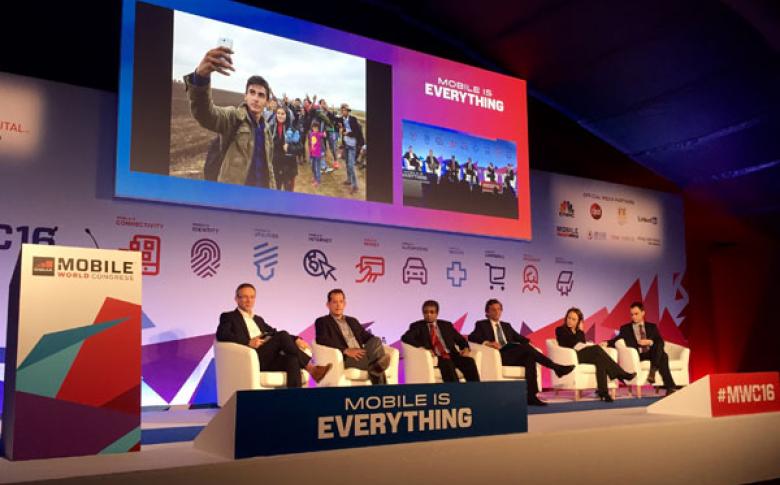Big Data Improves Response to Humanitarian Crises

Big Data can improve the response to humanitarian crises by enabling earlier detection and distributing warnings to potentially affected groups.
Data services like Mobile Money are also transforming response, according to the World Food Programme’s Pierre Guillaume Wielezynski.
A striking example of how mobile technology is transforming humanitarian crisis response was provided by Pierre Guillaume Wielezynski of the World Food Programme (WFP). Where in past disasters, responders such as the WFP needed to focus on sourcing and delivering food supplies, with population movement tracking provided by mobile technology and big data analytics, it is now possible to locate the places where food supplies are available and to deliver messages directing people to them.
One of the key developments in humanitarian connectivity during the last year was the adoption by the UN Emergency Telecommunications Cluster (ETC) of the ETC 2020 Vision. The ETC 2020 Vision fundamentally changes the focus and priorities of humanitarian connectivity from the provision of communications services for responders, to include also the provision of services for governments and, crucially, for those directly affected by crises.